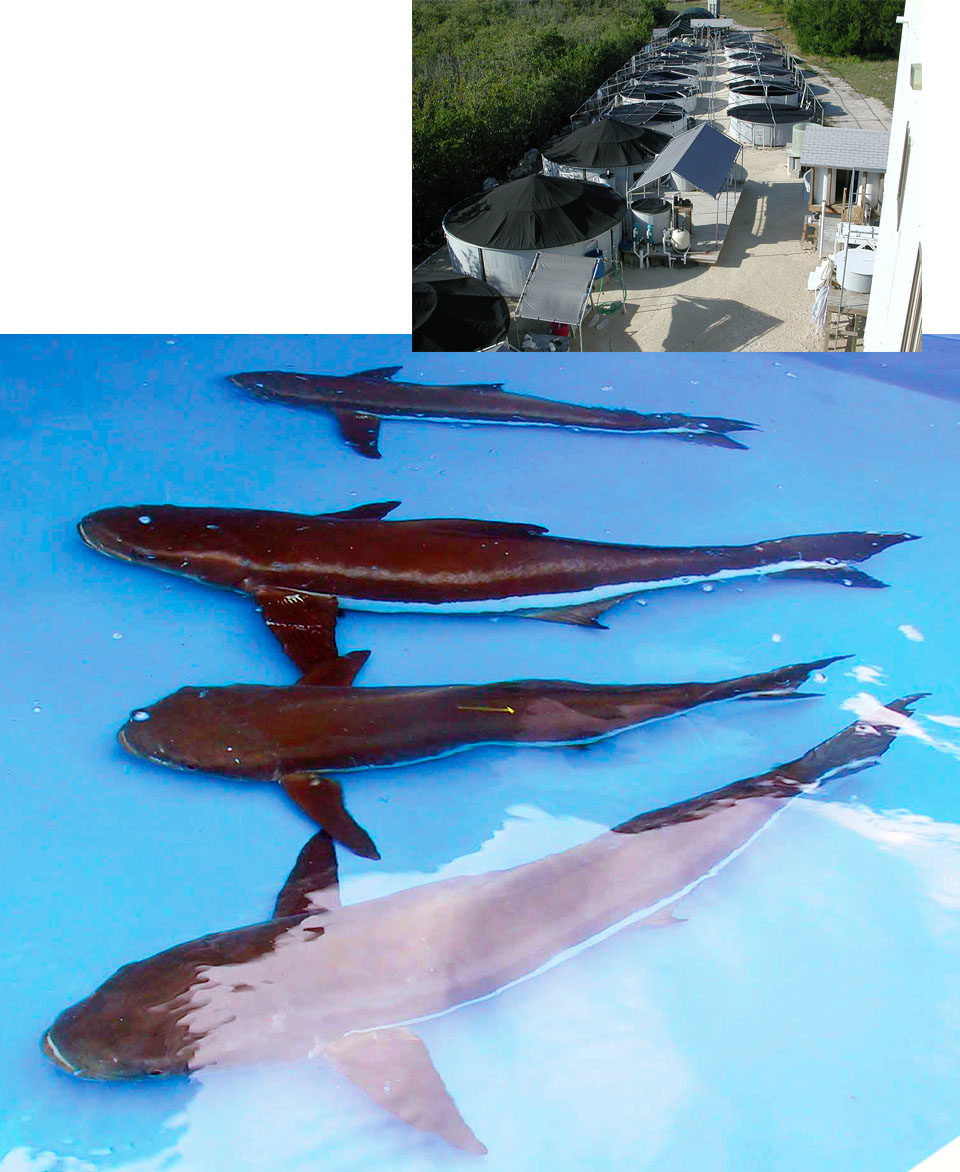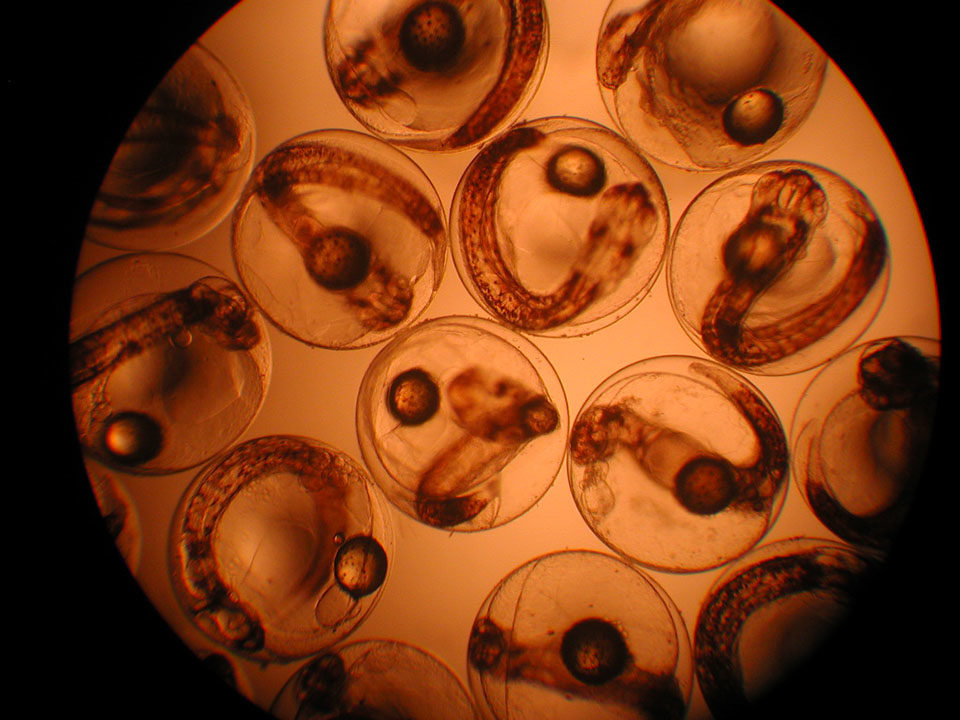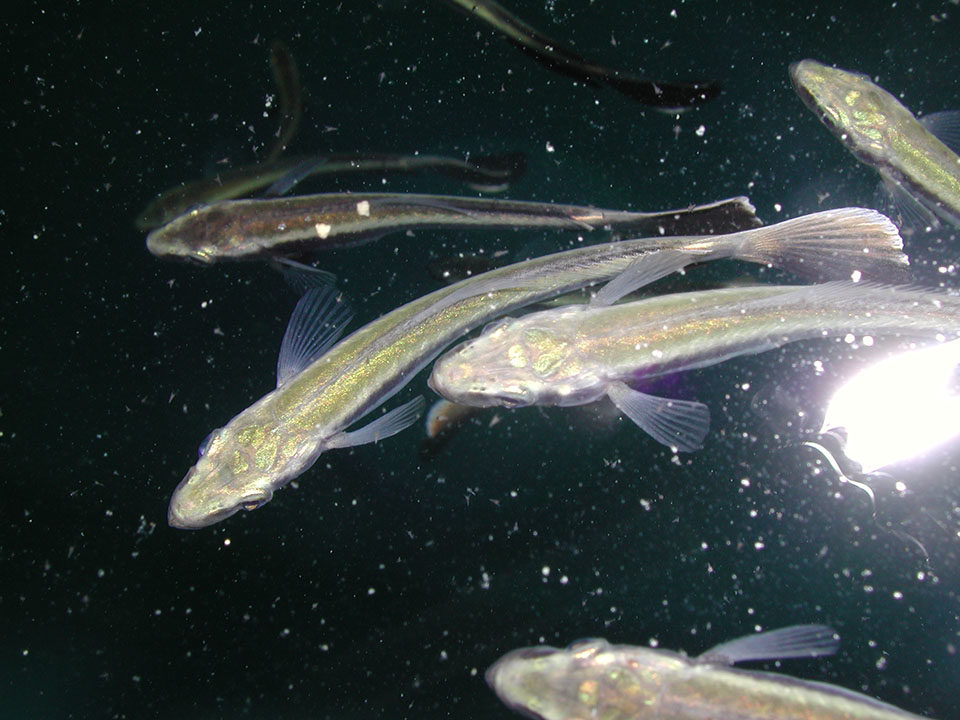Aquaculture Center of the Florida Keys supplies snapper and cobia fingerlings to grow-out operations

After four years of research mainly focused on developing technology for the hatchery production of mutton snappers (Lutjanus analis) the Aquaculture Center of the Florida Keys (ACFK) started stocking commercial grow-out cages in Puerto Rico in August 2002 with the shipment of 8,000 snapper and 15,000 cobia (Rachycentron canadum) fingerlings. Since then, the company has begun an incorporation into the Norwegian firm of Marine Farms ASA, which assumed the direction of the hatchery while maintaining its original staff.
Facility improvements
From December 2002 through February 2003, ACFK improved its production potential by adding a liquid oxygen tower, a new water treatment system with doubled water flow capacity, a diesel-powered generator, and a state-of-the-art computerized monitoring and alarm system. Improvements were also made in the live food-rearing protocols, which resulted in a reliable sustained production in excess of 1 billion rotifers per day and a renovated copepod harvest system used to complement the larval live diets.
Cobia culture
Cobia can reach 7 kg after a one-year grow-out period with feed-conversion rates close to 1:1. ACFK’s endeavors have shown cobia to be a prime candidate species for future development of marine farming ventures in the Caribbean and Gulf of Mexico region, with easy access to the booming U.S. fresh seafood market. The company looks forward to supplying an expanding market for fingerlings in 2004.

Fingerling production
Production in 2003 started with the shipment of 25,000 cobia fingerlings to Puerto Rico, followed by smaller shipments to Martinique, Texas, central Florida, Massachusetts, Louisiana, and Alabama, USA. The latest production run started with the stocking of 850,000 cobia yolk fry in late August of 2003, which resulted in an average survival rate of 8 percent from egg.
A total of 70,000 cobia fingerlings were shipped to commercial operations in the Bahamas, Puerto Rico and several small projects in Florida, Texas and Mississippi, USA. This concluded a successful production effort with well over 100,000 fingerlings produced in 2003. These production numbers exceeded client demand, which at the moment is ACFK’s main limiting factor in terms of output.
In addition, several hundred thousand cobia yolk fry have been shipped to research institutions throughout the U.S. in a collaborative attempt to support their research efforts. At present, ACFK is attempting to obtain off-season cobia spawns through water temperature manipulation in an effort to guarantee the year-round production of fingerlings. Off-season production of fingerlings has already been achieved at ACFK with mutton snappers, which now spawn high-quality fertilized eggs naturally every month of the year.
Fertilized cobia eggs have an average diameter of 1.3 mm and an incubation period of approximately 30 hours at 26 degrees-C. Newly hatched larvae measure in excess of 3 mm. Three days after hatch, exogenous feeding starts. Standard protocols involving rotifer, copepod, and artemia feedings are followed during the first three weeks of rearing the fingerlings to approximately 5 cm long. They can then be weaned onto pelleted diets until they reach the average shipping size of 7 cm and 1 g weight at around 38 days after hatching.

Shipping live cobia
Shipping live cobia fingerlings to clients is a major challenge that mainly involves air transport over considerable distances. The goal is to minimize stress on the fish and maximize shipping densities to keep shipping costs down.
Cobia have impressive growth rates, especially after they are weaned onto pelleted diets. This critically reduces the window of opportunity for safely shipping fish at high densities without incurring major loses. Their high metabolic rates also greatly limit the amount of biomass that can be shipped per box.
The appropriate method of shipment depends on the location of the receiving facilities and the services available to offload the fish at farms. For shipments of commercial quantities of fingerlings within the continental U.S., ACFK uses live-hauling trucks equipped with liquid oxygen tanks. The trucks are capable of road trips up to 24 hours with transport densities of close to 10 g fish per liter.
For overseas shipments, ACFK uses 1,000-liter intermodal bulk containers. It arranges air transport with commercial cargo airlines that fly out of Miami International Airport, which is two hours by road from the hatchery. Air transport has taken up to 24 hours at biomass densities averaging 4 to 5 grams per liter.
The Aquaculture Center of the Florida Keys contributes significantly to the limited supply of hatchery-reared marine fish fingerlings in the U.S. Through continued research and development, its goal is to refine the technology required for the consistent production of high-quality fingerlings.
(Editor’s Note: This article was originally published in the February 2004 print edition of the Global Aquaculture Advocate.)
Now that you've finished reading the article ...
… we hope you’ll consider supporting our mission to document the evolution of the global aquaculture industry and share our vast network of contributors’ expansive knowledge every week.
By becoming a Global Seafood Alliance member, you’re ensuring that all of the pre-competitive work we do through member benefits, resources and events can continue. Individual membership costs just $50 a year. GSA individual and corporate members receive complimentary access to a series of GOAL virtual events beginning in April. Join now.
Not a GSA member? Join us.
Authors
-
Owen Stevens
Aquaculture Center of the Florida Keys, Inc.
59300 Overseas Highway
Marathon, Florida 33050 USA -
Jorge Alarcon
Aquaculture Center of the Florida Keys, Inc.
59300 Overseas Highway
Marathon, Florida 33050 USA -
Gill Banner-Stevens
Aquaculture Center of the Florida Keys, Inc.
59300 Overseas Highway
Marathon, Florida 33050 USA
Tagged With
Related Posts

Intelligence
Cobia aquaculture expanding in Americas, Caribbean
A marine fish species with excellent characteristics for commercial aquaculture, cobia is receiving much attention in Latin American and Caribbean countries.

Health & Welfare
Larviculture protocols for cobia
While Asia’s more extensive approaches for cobia larviculture are effective, more intensive methods are used in the Americas. Most facilities still rely heavily upon wild-capture broodstock.

Health & Welfare
Fingerling production still bottleneck for cobia culture
Production of cobia (Rachycentron canadum) is growing rapidly in Asia, yet fingerling production predominantly occurs in extensive pond environments.

Health & Welfare
Cobia hatchery-to-market technology at UMEH
Cobia is a top emerging candidate for tropical and subtropical marine fish aquaculture. The University of Miami Experimental Hatchery has led ongoing research to advance the viability of raising hatchery-reared cobia.

Intelligence
‘Spatiotemporal patterns’ indicate improving perceptions of aquaculture
A study led by University of California Santa Barbara researchers has found that public sentiment toward aquaculture improves over time, a potentially important development with growing interest in offshore aquaculture.


